St. Aidan first Bishop and Abbot of Lindisfarne died beside the little wooden Church at Bamburgh on 31st of August 651. and on the same night a young man with a the family of sheep on the Lammermuir Hills sees with the eyes of the Spirit a holy soul going up to Heaven in the hand's of angels.
That young man was (St.) Cuthbert, who learning that Aidan had died, immeditely went off to the Aiden - founded Monastery at (Old) Melrose, gave up his horse and spear to his servant and submitted himself to the Prior, St. Boisil as a novice in the community. Cuthbert was drawn by the holy zeal of Boisil and in the years to come often took Cuthbert as his companion when he journeyed into the surrounding hillcountry to proclaim Christ, sometimes staying in the half-Christian hamlets for three weeks at a time.
In 658 Boisil became Abbot but in 661 the Monastery was struck by the plague. Boisil and Cuthbert were both ill. The first died and the other recovered. During Boisil's last week the two read through the Gospel of St. John together for their mutual encouragement.
Cuthbert became the Prior and then in 664 Prior at Lindisfarne and eventually Bishop in 685.
Churches were named after Boisil and St. Boswell and Lessuden, both near Melrose and at Tweedmouth. Probably Cuthbert had come with his prior Boisil to the little fishing hamlet of "Tweedmouth" where they set up a wooden cross. Twenty years later Bishop Cuthbert named a small wooden Church in memory of that visit with his old master.
Historians consider that if an ancient Church bears the non Scriptual name of someone active in that area at an early date then there is strong probability that Christianity was first proclaimed there by the person named or some immediate follower.
The first written reference to our Church is in a confirmatory papal document dated 1145 concerning "the Church of Bosilius at Tweedmouth."
A 'confirmation' is a written testimony to what existed before. From this we knew that there was a Church building in Tweedmouth prior to 1145.
Much later, in the time if the Stuarts, the dedication name seems to have dropped out of use and our Church is reffered to as "Tweedmouth Chapel" being of the four Chapelries owing tithe to Holy Island since Norman times. The others were: Ancroft, Lowick and Kyloe.
In the early years of Queen Victoria, old things were revived and Tweedmouth Church became known as St. Bartholomew. The reasons for this are in the Norman history of the Parish and in fact until 1867 Spittal was part of the parish of Tweedmouth.
skip to main |
skip to sidebar
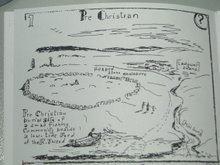
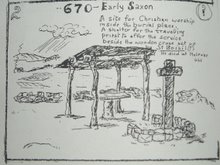
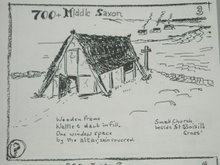
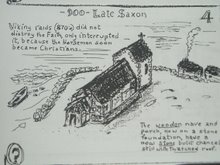
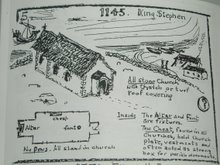
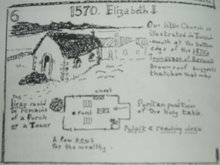
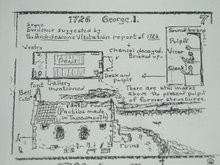
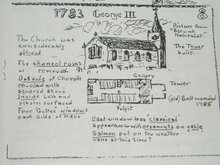
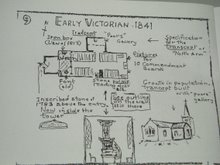
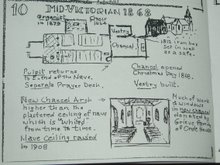
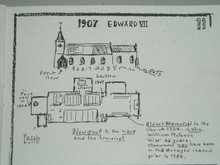
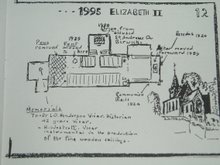
In the following historical pictures those with a large question mark are reconstructions based upon the known history of the period and the locality.
The other seven are grounded in local documents and the physical evidence, with the sources indicated briefly.
1

2

3

4

5

6

7

8

9

10

11

12

- ©
Designed and created by Laurie Frank,
Information and sketches by Rodney Stone